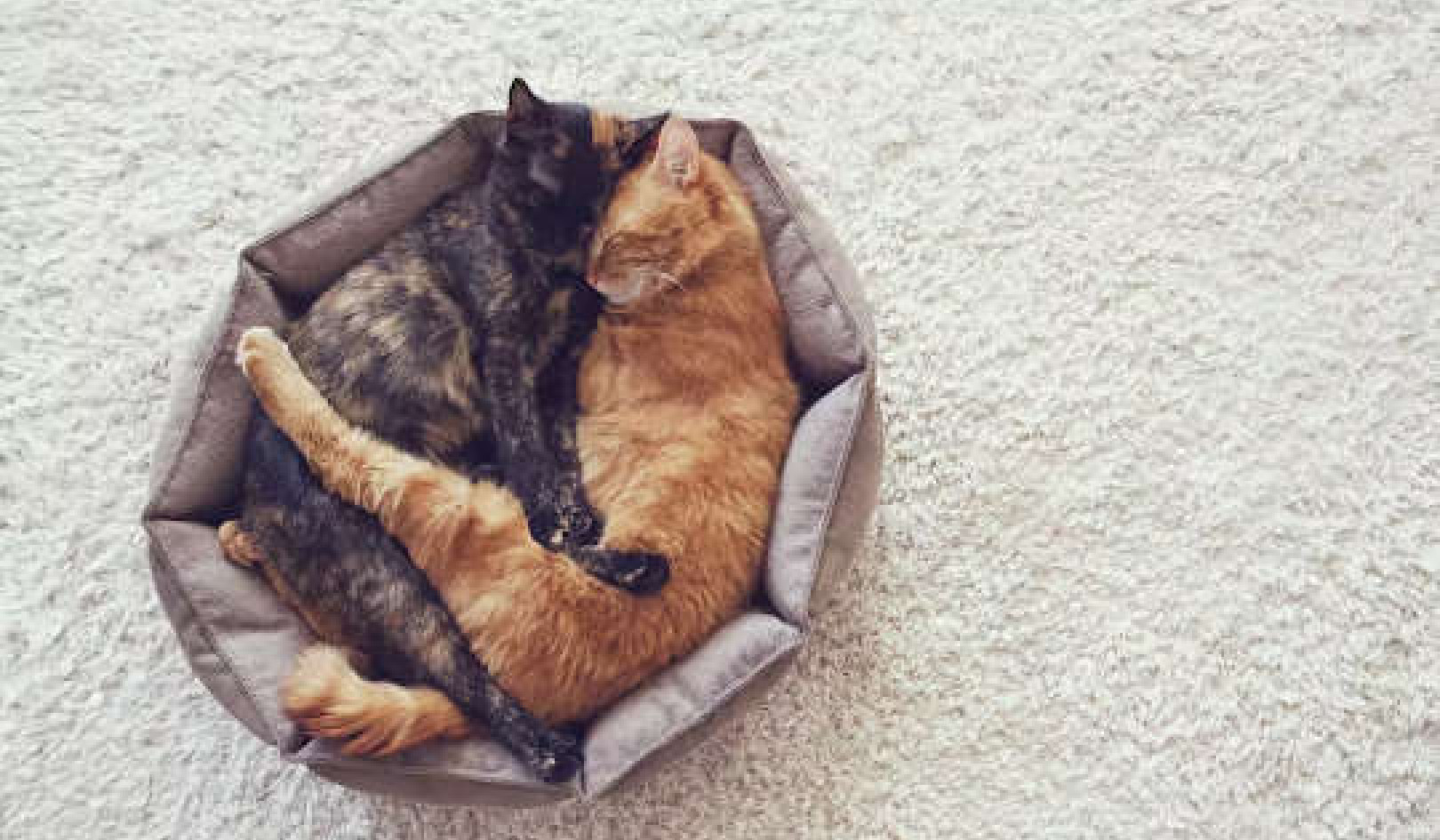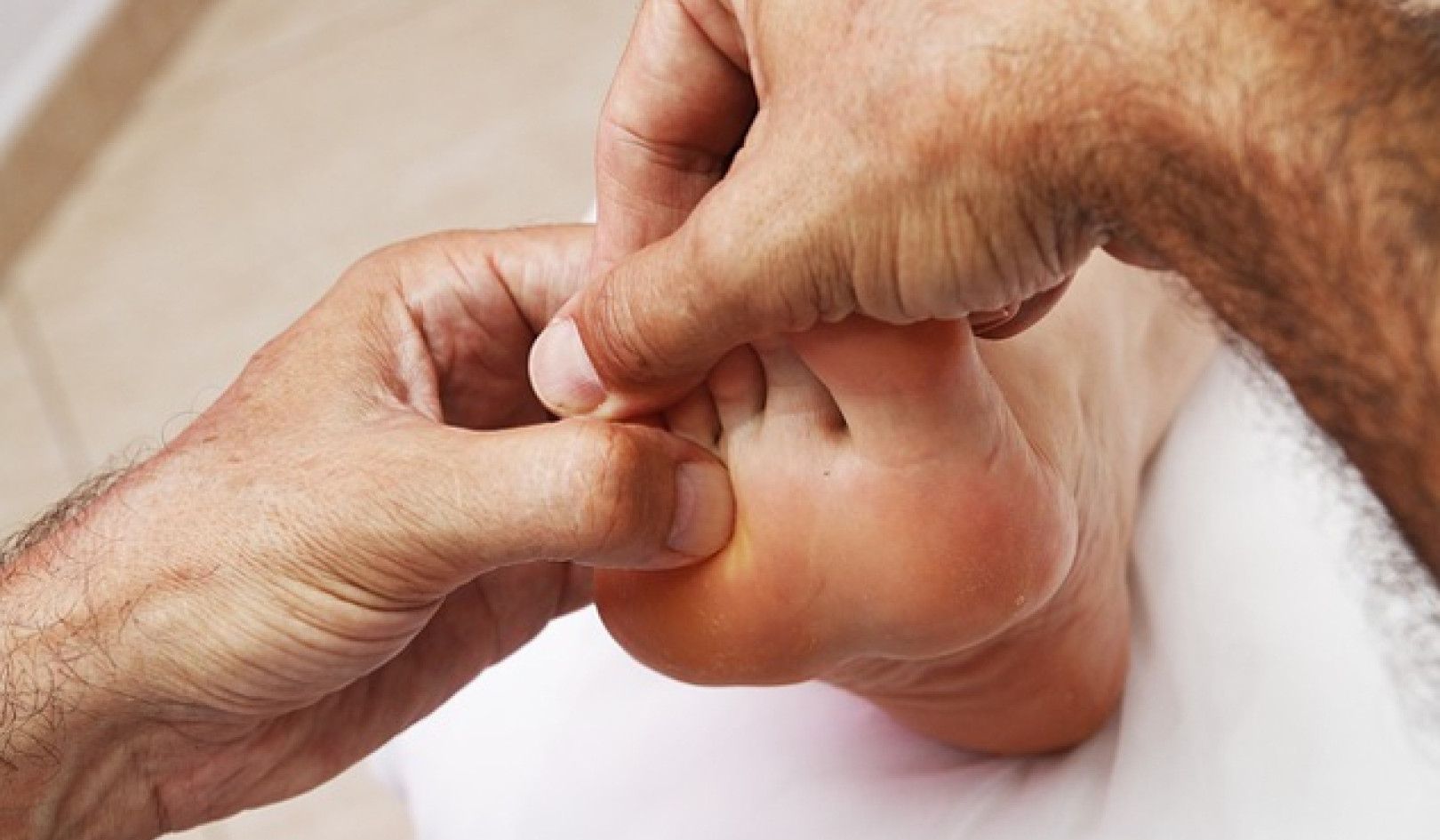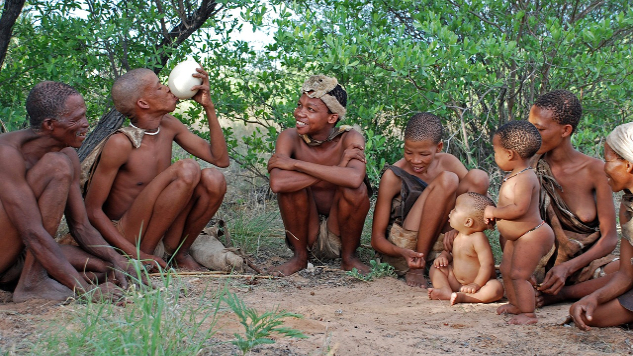
Image by Aino Tuominen
As Western medicine became more popular, traditional treatments that had been handed down for generations were cast aside, despite the benefits of some of those approaches. We relegated much of what was valuable in ancient medicine to the realm of snake oil, meaning it was considered fraudulent and hyped only by charlatans. In doing that, we lost a lot.
For one thing, healing practitioners no longer employed the healing power of plants and using food as medicine. The value of a plant-based diet in healing the typical Western diseases of inflammation and atherosclerosis is indisputable. Pharmaceuticals are brilliant in their ability to target a specific enzyme pathway or chemical in the body; however, they often have side effects, some of which can be not just inconvenient but dangerous. Sometimes, the chemical reaction is so narrowly targeted that while the medication helps one part of the body, it harms another. Having evolved alongside us over millennia, plants might provide a broader chemical synergy with our bodies and thus, a smoother healing process.
Why Western Medicine Is Not Enough
By its very nature, Western medicine necessitates the use of prescription drugs. These can be extremely expensive and, as I said, they often come with side effects. At the same time that patients are increasingly being given more choices for prescription medications, they are becoming less autonomous and taking less responsibility for their health, particularly in the areas of nutrition and exercise.
It seems that the physicians who advocate for nutrition as medicine, who promote ways to prevent disease by what you eat and by adopting healthy lifestyle habits, are in the minority. (Drs. Joel Fuhrman, Dean Ornish, Mark Hyman, and others come to mind, as well as other functional or integrative medicine physicians.)
Shamans traditionally used plant medicine in another way, too: They ingested certain medicinal plants to go into shamanic trances and take psychogenic journeys, allowing them to access a deeper state of knowledge about the cause of the illness and the type of treatment and healing an individual needed. In shamanism, it’s believed that disease can be caused by harmful energies or actions that person has taken. Getting to the source of that energetic influence can lead to healing. Too often, Western medicine dismisses insights that can be gained through going beyond the limitations of the conscious, analytical mind to access wisdom greater than our own.
All Things in Nature Are Intimately Connected
Today’s physicians typically don’t look to the root source of illness, and they often completely disregard intuition. Hunches about the cause of suffering aren’t considered evidence-based medicine. Physicians will typically not set an intention to harness every healing tool available—pharmaceutical drugs and surgery but also spirituality, the patients’ consciousness, and the universal energy field. They don’t apply the spiritual approaches of prayer and divination to seek divine guidance for the patient. Gone is the foremost understanding in indigenous ways—that Spirit, Nature, and the unseen world play integral roles in healing.
Shamanism is an approach to healing that, unlike Western medicine or energy medicine, is also a way of being, intricately linking the practitioner to the essences and forces of all things, animate and inanimate, including forces of Nature. To the shaman or shamanic practitioner, all things in Nature—trees, animals, weather, stones, water, sky, and so on—are intimately connected, each interacting and dependent on each other and imbued with a spiritual energy or force.
These forces impact the geographic locale, as well as the community and the individual, and thus must be considered and reckoned with. The shamanic practitioner is skilled at divining for the one seeking healing and changing the course of that client’s life path by negotiating with “spirits” (unseen forces).
Accessing Knowledge from the Unseen World
In most cultures that include shamanism as part of their traditions, the healers go into altered states of consciousness (by chanting, dancing, drumming, or with use of psychogenic plants) to access knowledge from the unseen world, including insights offered from “spirits.” The knowledge is used not just for healing an individual but to guide decisions of the community: whether to move their camp to another location, where to fish or hunt, or how to help a person heal, including which plants to use and which spirits (forces) to fight against. Shamanic interaction with unseen forces is also used to change the weather and the community’s fortune.
When their intention is to help an individual heal, shamans enter a trance, as I said, or they use prayer or dreamtime (accessing universal knowledge through dream visions) so their consciousness can interact with the quantum or universal energy field. Shamanic healers believe that there is no separation throughout the universe—that every being and everything that exists, did exist, or will exist is a part of this vast energy matrix, a vibratory field in which every thought and every action has consequences.
In Lynne McTaggart’s The Field: The Quest for the Secret Force of the Universe, she writes:
If a quantum field holds us all together in its invisible web, we will have to rethink our definitions of ourselves and what exactly it is to be human. If we are in constant and instantaneous dialogue with our environment, if all the information from the cosmos flows through our pores at every moment, then our current notion of our human potential is only a glimmer of what it should be.
Harnessing Every Healing Tool Available
Shamans work holistically by not just treating the physical body as Western doctors do but also the emotions, thoughts, and the spirit of the individual they are helping. Shamans do all of this by accessing the universal matrix. In Western medicine, it’s unusual for physicians to set an intention to harness every healing tool available—not just pharmaceutical drugs and surgery but also the universal energy field as well as their own spirituality and their patient’s consciousness.
In contrast, shamans work to create shifts in the trajectory of the client’s health by interacting with what they find in the universal field, which can even include ancestral knowledge. Ancestors, even when deceased, are believed to be guiding individuals and can be turned to (in dreams or ritual practice) for answers and wisdom.
Some providers in Western medicine (such as psychologists and psychiatrists) might argue that they work with the wisdom and knowledge of the ancestors, in the sense that a mental health professional might have you imagine a conversation with your grandmother to learn more about the origin of a trait or habit of yours. However, a shaman can access forgotten family history, along with knowledge offered by ancestors other than your own.
Indigenous healers recognize that healing comes not just from medications or surgeries but from connection to energies of Nature (wind, thunder, lightning, flood), in concert with the seasons, the sun, moon, and stars, and the life cycles of plants and animals. The forces of Nature are revered as sacred. Among most indigenous cultures, the healers are also the priests or spiritual leaders and often herbalists who are well versed in the use of plant medicine. In the West, our healers are rarely spiritual leaders.
The Wholeness of the Patient and their Community
In indigenous healing, which works with the universal field we all share, the patient is not seen as separate from the community but as an integral part. In many cultures, the perspective is that if one person is ill, the entire community is affected. The vitality of one is considered as essential to the health of all. As Western medicine became more popular, the holistic view of each patient within her group, with her unique purpose to her community, was discarded.
I personally am committed to the whole of the patient; I believe engaging that whole can yield more powerful healing. At first, my belief simmered below the surface of my day-to-day actions; I had no “proof ” of the power of engaging the whole. After studying shamanism and experiencing the shifts that could occur when all realms (literal, emotional, spiritual, energetic) were worked with, I was more strongly committed to the holistic view.
Western medicine has moved away from viewing patients holistically; in other words, considering how the mind, body, and spirit interact in health and disease. Instead, physicians are locked into short office visits, with costs billed to insurance companies. This practice favors a volume of patients over the quality of the interaction with each individual and links medicine to finances.
That puts physicians in a difficult position, creating a huge conflict of interest when treatment options are being considered. Often left behind in modern Western medical practice is spending time talking to the patient, understanding the family dynamics that affect the individual’s health, and recognizing the role of the patient’s spirituality. Doctors too often have little time to teach patients how to make changes that can alter the course of their health. Many people do not hold the beliefs I do: that they have considerable capacity to heal themselves and can obtain the knowledge of how to do it.
Also, shamanism is ritualistic. Examples include using a fire to communicate with spirits, drumming or using a rattle to evoke an altered state, or preparing a herbal brew in a particular way. Western practitioners may have personal rituals, such as praying before beginning an operation or starting their workday, but this isn’t the norm. That’s unfortunate, because when you perform a ritual, you are blocking distractions, going inward, and connecting to your God, your inner self, and the energy field that integrates you. If the ritual is one performed by many people over time, you are contributing to building a vortex of power.
I believe we tap into a collective memory about rituals. If we’re in a sacred site, a place where rituals were held for millennia, standing where others stood, we connect with and activate an energetic memory of the rituals performed there by people who share our state of mind and our intention. This sacred shift allows us to feel our interconnection with the sacred and with the universal field, where we can attain the knowledge we seek.
Copyright ©2023. All Rights Reserved.
Adapted with permission of the publisher,
Findhorn Press, an imprint of Inner Traditions Intl..
Article Source: Maximize Your Healing Power
Maximize Your Healing Power: Shamanic Healing Techniques to Overcome Your Health Challenges
by Sharon E. Martin. Foreword by Carl Greer.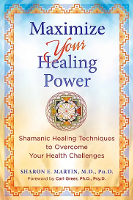 For more than 20 years, Dr. Sharon E. Martin has been blending allopathic medicine with ancient shamanic knowledge to help her patients not only heal but also increase their vitality. In this practical guide to her Maximum Medicine program, Dr. Martin shows how understanding the energetics behind health imbalances and applying shamanic and energy medicine techniques can shift not only our perspective but our health, change the course of illness, and allow us to increase our life force.
For more than 20 years, Dr. Sharon E. Martin has been blending allopathic medicine with ancient shamanic knowledge to help her patients not only heal but also increase their vitality. In this practical guide to her Maximum Medicine program, Dr. Martin shows how understanding the energetics behind health imbalances and applying shamanic and energy medicine techniques can shift not only our perspective but our health, change the course of illness, and allow us to increase our life force.
Presenting a clear, stepwise approach to attaining mastery of your health through many case studies as well as simple practices and methods to gain control over illness, Dr. Martin shows how anyone can support their own healing and experience being more fully alive.
Click here for more info and/or to order this paperback book. Also available as a Kindle edition.
About the Author
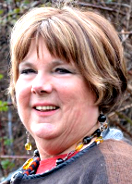 Sharon E. Martin, M.D., Ph.D., graduated from Johns Hopkins School of Medicine and is a board-certified physician of internal medicine with a doctorate in physiology. She is a graduate of the Healing the Light Body curriculum of the Four Winds Society and the host of two radio shows, Maximum Medicine and Sacred Magic, aired on the Transformation Talk Radio network.
Sharon E. Martin, M.D., Ph.D., graduated from Johns Hopkins School of Medicine and is a board-certified physician of internal medicine with a doctorate in physiology. She is a graduate of the Healing the Light Body curriculum of the Four Winds Society and the host of two radio shows, Maximum Medicine and Sacred Magic, aired on the Transformation Talk Radio network.
Visit her website at DrSharonMartin.com




















